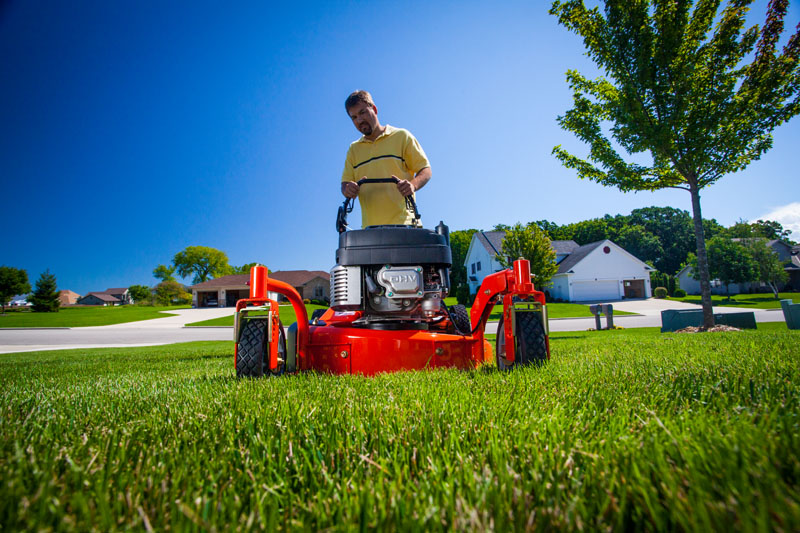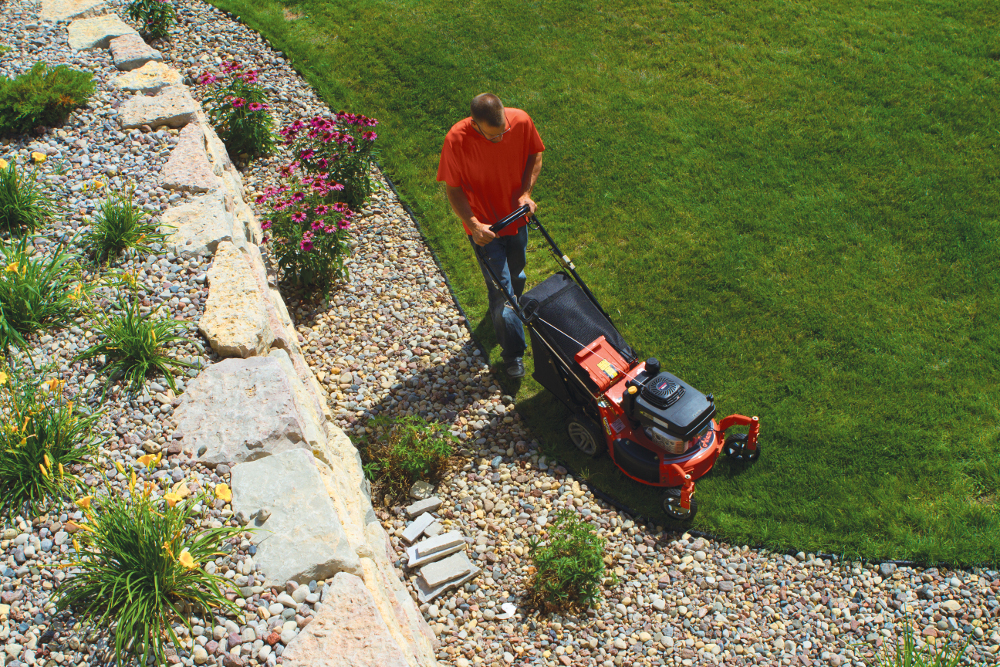Selecting the Right Grass For Your Region
5/13/2016 5:00:00 AM
In partnership with the National Association of Landscape Professionals, Ariens is providing its customers with a variety of lawncare tips. For more tips and tricks to achieving the perfect lawn, please visit www.loveyourlandscape.org.
Even the best maintained lawns won’t last forever. Wear and tear, hungry insects, weather extremes, and your ever-changing landscape can all take their toll.
If you’ve ever looked for grass seed at your neighborhood hardware store or garden center, then you know that selecting the right grass seed requires a little bit of homework. It’s not as easy as picking a bag off the shelf. There are several varieties and there isn’t a one-size-fits-all that would be suitable for all locations and applications.
Here are some guidelines for selecting the right grass seed for your region and application, one that will deliver years of pleasure for you and your family.

Match the grass type to your location. Grass types fall into two basic categories: Warm-season and cool-season grasses. Warm-season grasses are adapted to grow in the southern part of the United States. They grow actively during the summer months and then become dormant during cooler, winter months. Popular warm-season grasses include St. Augustine, Zoysia, Bahia, and Bermuda grass.
Cool-season grasses grow actively during the spring and fall months and then slow during hot, summer months. They grow best in the northern regions of the country where winter temperatures fall below freezing. Popular cool-season grasses include bluegrass, ryegrass and the fine fescues.
Match the grass type to your application. Grass varieties share common traits, which help determine their application. Here are a few traits and characteristics to consider: among the cool season grasses, Kentucky Bluegrass features deep-green color, attractive appearance, tolerates foot traffic and cold well. The Perennial Ryegrasses establish quickly from seed, holding topsoil in place. They also have an attractive green color that holds up well to mowing. The fine fescues are among the most versatile of the cool-season grasses. They are the most shade tolerant of all grass varieties but they also do well in full sun, have low fertility and irrigation requirements. With the warm-season grasses, new, improved varieties of Bermuda grass are known to be incredibly tough while some homeowners think Zoysiagrass also has the look of luxury.
Before selecting your grass seed, think about how you use your yard today and how that might change in the future. Children can be tough on lawns so you may want to consider species that are tolerant of high traffic. Also, landscapes change over time and grass plants that were once in the sun may one day find themselves in the shade. Annual over seeding is a great way to introduce new and more competitive grass plants into your lawn that can adapt to changing conditions.

Make the right choice. The type of grass most suitable for your lawn depends on several factors, including where in the country you are located, how you want your lawn to look, and how you’ll be using your lawn. Renovating or over seeding in the spring or fall will help ensure your lawn will stay attractive and healthy for years to come.
A professional may suggest using a combination of lawn seed varieties that will combine different traits and help your lawn fend off adverse weather conditions, insect attacks and damaging diseases. A professional can also offer advice on the best way to renovate an existing lawn and care for new growth to ensure a lush, healthy growth.
Photo courtesy of Hoffman Landscapes, Wilton, CT.